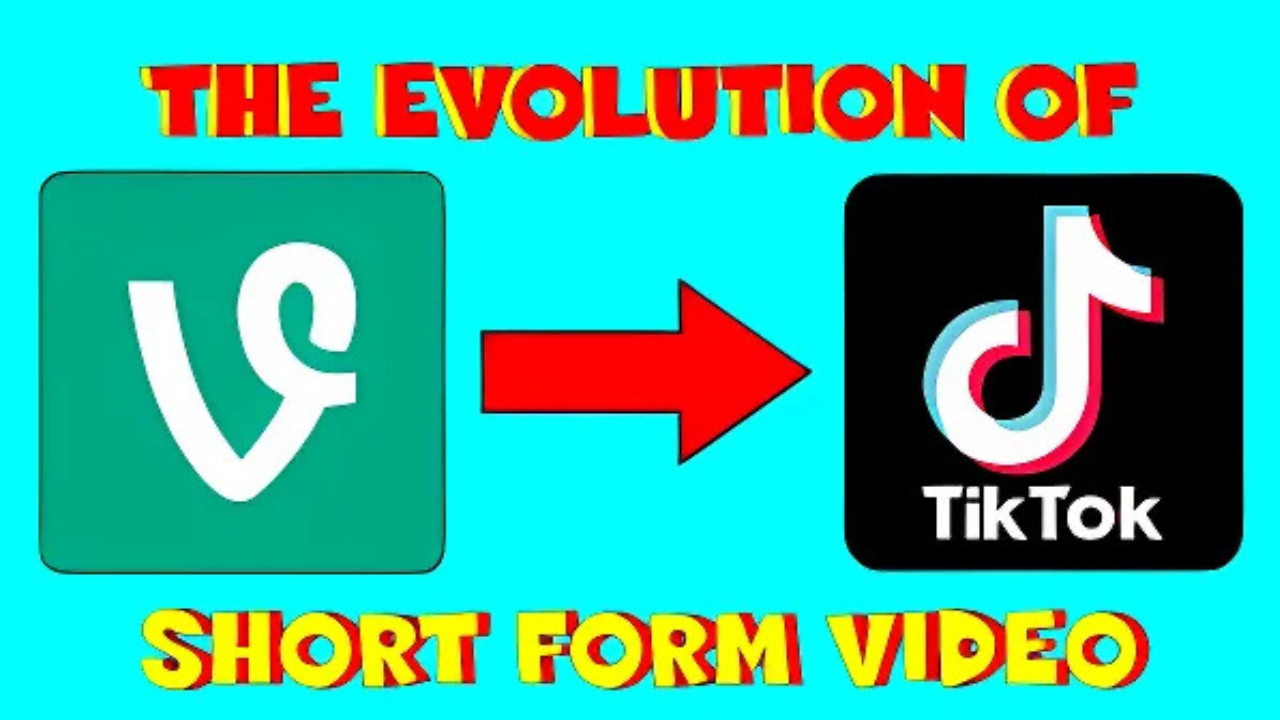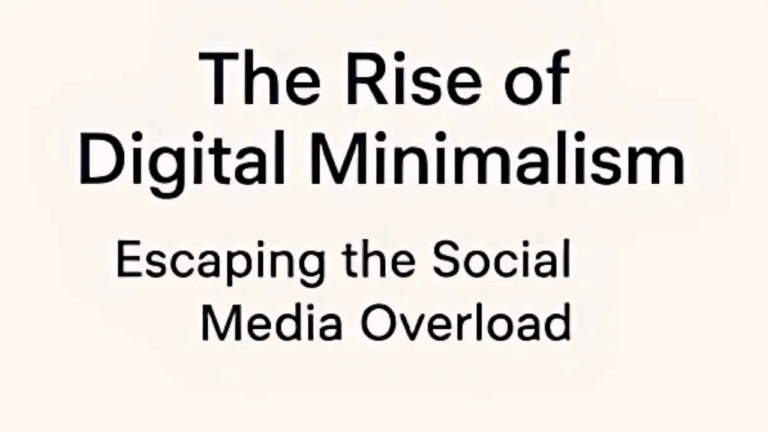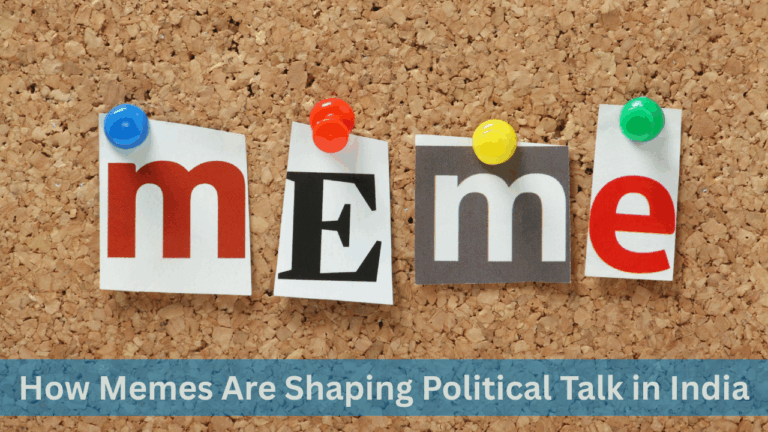The Evolution of Online Humor: From Vine to TikTok
The way we enjoy and share funny content online has changed a lot in the last 10 years. What started with short videos on Vine has now become a global trend through TikTok and Instagram Reels. Today, online humor is everywhere — and it’s only getting bigger.
In this Scoopearth feature, we take a look at how online jokes, memes, and short videos became part of our daily lives — and how Indian creators are taking it to the next level.
A Quick Look Back: When Vine Ruled the Internet
In 2013, a new app called Vine let users upload 6-second videos. It was simple but super creative. People had to be funny fast — and that made the content sharp and smart.
Many internet stars like Zach King and King Bach became famous from Vine. The app made “short-form” comedy a trend.
But by 2017, Vine was shut down. Still, it left behind a new way of thinking — short videos that make people laugh in seconds.
Enter TikTok: A Game-Changer
After Vine closed, there was a big gap. Then came Musical.ly, which later became TikTok. This platform allowed users to make 15-second to 60-second videos with music, filters, and trending challenges.
TikTok quickly became the number one app for fun, short videos — not just in the US or China, but across the world, especially in India.
Before TikTok was banned in India in 2020, it had over 200 million users. Creators like Riyaz Aly, Jannat Zubair, and Faisal Shaikh (Mr. Faisu) became household names just by making funny and creative content.
India’s Own TikTok Era and What Came After
After the TikTok ban, Indian apps like Moj, Josh, Chingari, and Instagram Reels filled the gap. These platforms gave Indian creators a new home for their talent.
Now, online humor comes from everywhere:
- Funny lip-syncs
- Reaction videos
- Relatable “desi” comedy
- Trending voiceovers and filters
In short — humor got local, personal, and mobile-friendly.
Why This Shift Matters
The way we consume comedy has changed. Now people want:
✅ Short videos (15–60 seconds)
✅ Funny, relatable content
✅ No fancy setup — just real, funny people
✅ Viral trends and easy-to-make content
This is why even big brands now work with micro-influencers and comedy creators to reach the youth.
New Age Indian Creators Leading the Pack
Many creators have now turned online jokes into full-time careers. Some names to follow:
- Ankush Bahuguna – Known for subtle, situational humor
- Dolly Singh – From character comedy to reality-based sketches
- Saiman Says – YouTube satire with a unique twist
- Rohit Roy (Oye Indori) – Funny shorts popular on Reels and Moj
These creators are not just making people laugh — they’re shaping pop culture.
What’s Next for Online Humor?
In 2025, online humor is going beyond just views. It’s becoming:
- A career path for digital entertainers
- A tool for social commentary (through satire and parody)
- A way to stay updated with what’s trending
- A space for creativity and expression for all age groups
Final Words from Scoopearth
Online humor has come a long way — from Vine’s six seconds to TikTok’s viral videos and now to Reels and Moj. Whether you’re a student with a smartphone or a creator with a vision, humor is your stage.
And the best part? You don’t need big cameras or a studio. Just an idea and your phone — and the whole world is your audience.
✅ Bookmark Scoopearth
✅ Stay tuned for trends in social media, creators, and culture
✅ Laugh, share, and create — because comedy now lives online







